(28 products available)







































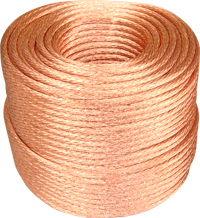

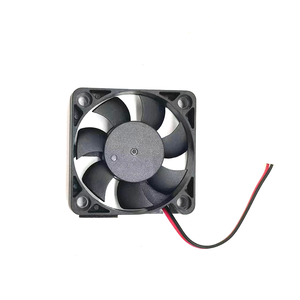














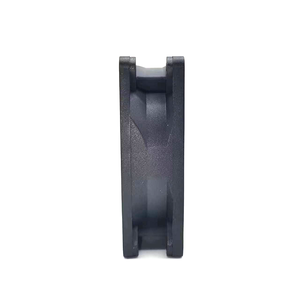

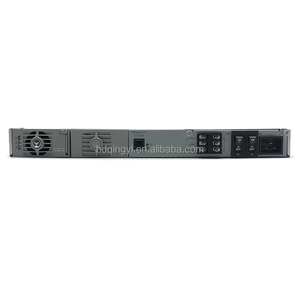




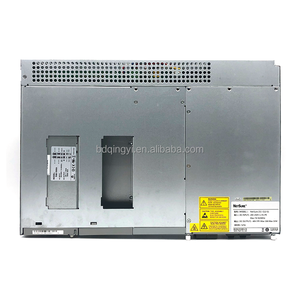






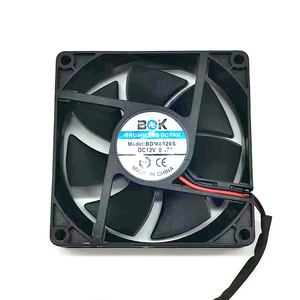

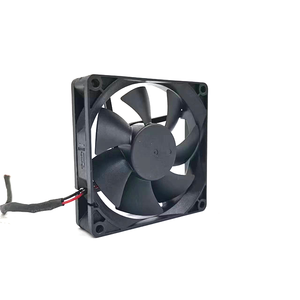
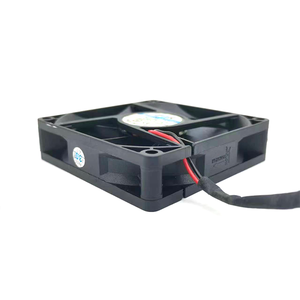





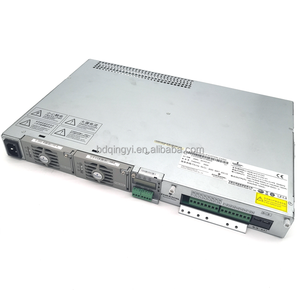
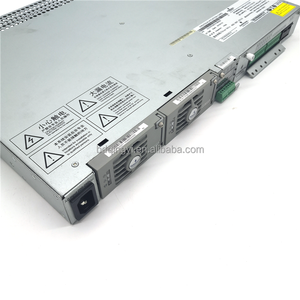









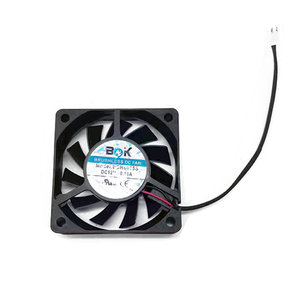

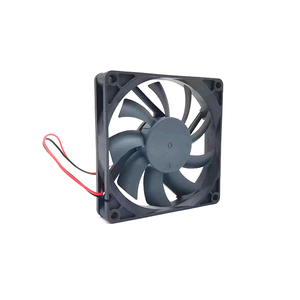






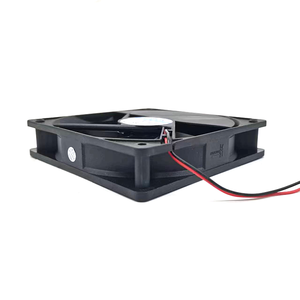






























A dissipater is a cooling device that helps disperse heat away from the source so that the temperature does not rise too high and cause damage or reduce efficiency. It plays a key role in many industrial operations, electronic circuits, and the energy sector, where heat produced during normal functioning must be managed effectively.
Dissipater comes in different types:
Dissipaterons serve as thermal solutions in numerous applications. These are some features of dissipaters and their functions.
Temperature Regulation
Dissipaterons help maintain consistent temperatures. They do this by absorbing and dispersing excess heat in areas like engines, electronic devices, and industrial systems. This ensures optimal performance and longevity for machines by preventing overheating that could cause damage or failure.
Heat Distribution
Heat can cause problems for machines with multiple parts running at different temperatures. Dissipaterons evenly distribute heat throughout a system. By doing this, they reduce the risk of hotspots forming that could lead to excessive wear and tear on certain components. Even heat spread helps keep everything working smoothly together.
Prolonged Equipment Life
Machines have a hard time when they overheat. Excess heat causes faster deterioration of machine parts. It can also lead to more frequent breakdowns and defective operation. However, dissipaterons cut down on overheating. They do this by absorbing extra heat during the hottest parts of an operation. Lower temperatures mean equipment lasts longer. Parts wear out more slowly and breakdowns occur less often. Everything functions better and for a longer time when heat is properly managed with dissipatorons.
Noise Reduction
Dissipaterons also help reduce noise in some machines and engines. When parts move against each other, there are often vibrations and sounds. Dissipation can lessen these noises by absorbing vibrations that cause the noise to travel. Quieter operation makes machines more pleasant to be around at work or home. Noisy engines have their noise levels lowered, which helps create calmer, quieter spaces when dissipatorons reduce sound. Extra heat features and design allow them to also cut down on unwanted noises.
Coolers for Computers and Servers:
Users apply heat sinks to the GPUs and CPUs on PCBs and within computer casings to increase surface area. They also use them on power electronics, among others, to manage heat in computers, servers, and other electronic devices.
>Radiator for Automotive Coolant Systems:
Dissipaters are useful in radiator design for automotive coolant systems. Engineers can maximize fluid flow through the radiator by using them to increase heat transfer and maintaining optimal operating temperatures in vehicles.
Heat Exchangers in Industrial Processes:
Dissipaters are useful additions to heat exchangers used in industrial processes and power plants. Their implementation can help engineers to improve the heat transfer efficiency of these devices and enhance the cooling or heating functions of various systems across industries.
Cooling Systems for HVAC Units:
Dissipaters can be used to enhance the cooling capacity of HVAC (Heating, Ventilation, and Air Conditioning) units by increasing surface area of the fins on the evaporator and condenser coils to maintain comfortable indoor temperatures in buildings.
Thermal Management in Aerospace Applications:
These products are critical to the successful operation of various aerospace applications. The use of heat sinks with dissipaters enables engineers to effectively manage the heat generated by spacecraft and aircraft engines, electronics, and other heat-producing components.
Medical Equipment Cooling:
Dissipaters can also be useful for managing the temperature of various types of medical equipment like lasers, imaging devices, and advanced diagnostic tools used in molecular analysis during the development of handheld thermometers. They help to maintain optimal operating conditions and prevent overheating.
Consumer Electronics Cooling:
Dissipaters are commonly found in the thermal management systems of typical consumer electronics like laptops, smartphones, gaming consoles, and high-performance chips to ensure effective heat dissipation and prevent overheating.
Match to application:
Heat sinks come in a variety of shapes and sizes, from small laptop heat sinks to large industrial heat sinks. When selecting a heat sink, it is critical to choose one that is perfectly matched to the application and that is optimized for the specific thermal requirements of the device.
Know the material:
Of course, the material of a heat sink can have a significant impact on its thermal performance. Copper has superior thermal conductivity, which makes it very efficient in wicking away heat from critical areas of a device. However, aluminum heat sinks are much lighter and more affordable than copper. They are also very effective in dissipating heat. Therefore, many manufacturers use aluminum or copper alloy to make heat sinks for electronic devices.
Consider surface area and weight:
The larger a heat sink's surface area, the more effective it will be at dissipating heat. This is because a larger surface area provides more space for heat to escape into the air. However, heat sink weight should be minimized to avoid adding extra load to the device and discourage users from choosing bulky heat sinks. So, designers must strike a balance between increasing a heat sink's surface area and reducing its weight.
Monitor ambient air temp:
The ambient air temperature affects a heat sink's performance. In very hot environments, the air will be unable to absorb as much heat. This means heat sinks in cooler ambient temperatures will perform better and keep components at lower temperatures. Manufacturers must consider the temperatures of the environments in which their devices will be used. Then they optimize the design of the heat sink for maximum efficiency under those expected conditions.
Know when to add fans:
If a heat sink alone cannot keep component temperatures within acceptable limits, additional cooling may be needed. Heat sinks with fans, called heat sink-fan assemblies (HFAs), provide enhanced cooling for high-powered components. The fan increases air flow over the heat sink, which improves heat dissipation. It is a compact and effective way to manage temperatures inside tight electronic device enclosures. Designers can choose from several fan speeds to suit the cooling needs of different applications.
Q1: How many watts can a heat sink dissipate?
A1: The max watts a heat sink can dissipate depends on the design, application, and ambient temp. Generally, a well-designed dissipater can spread heat away from 10 to over 1000 watts.
Q2: Do I need a heat sink for my application?
A2: If a component produces heat, then a heat sink is needed to regulate its temp. To find out if a heat sink is required, one can determine whether the component reaches higher temps while operating. If so, then a heat sink is necessary.
Q3: Can I use more than one heat sink?
A3: Multiple heat sinks can be used if they are not located too close together. This allows each sink to effectively dissipate heat. When using more than one, users must ensure the sinks are adequately spaced so as not to interfere with each other's performance.
Q4: What is thermal conductivity and why is it important?
A4: Thermal conductivity measures how easily a material can transfer heat through it. It is important because it affects how quickly and evenly a heat sink can spread heat from a source. Dissipaters made of copper conduct heat better than aluminum because of the high thermal conductivity of copper. Copper transfers heat from the CPU better than aluminum.